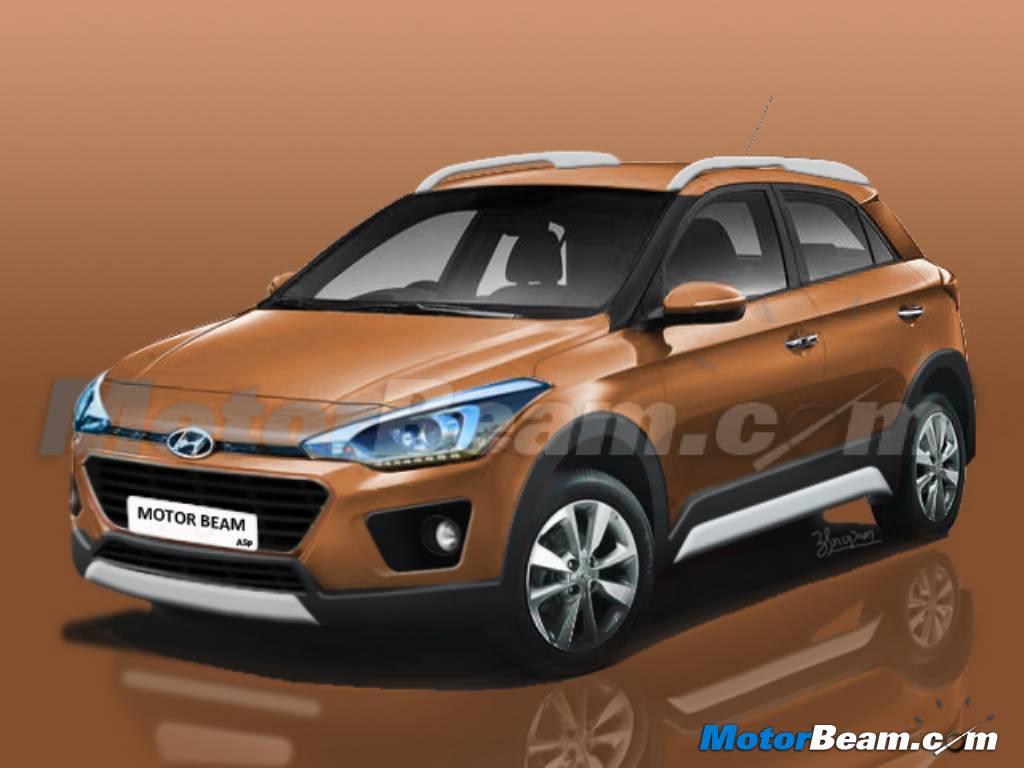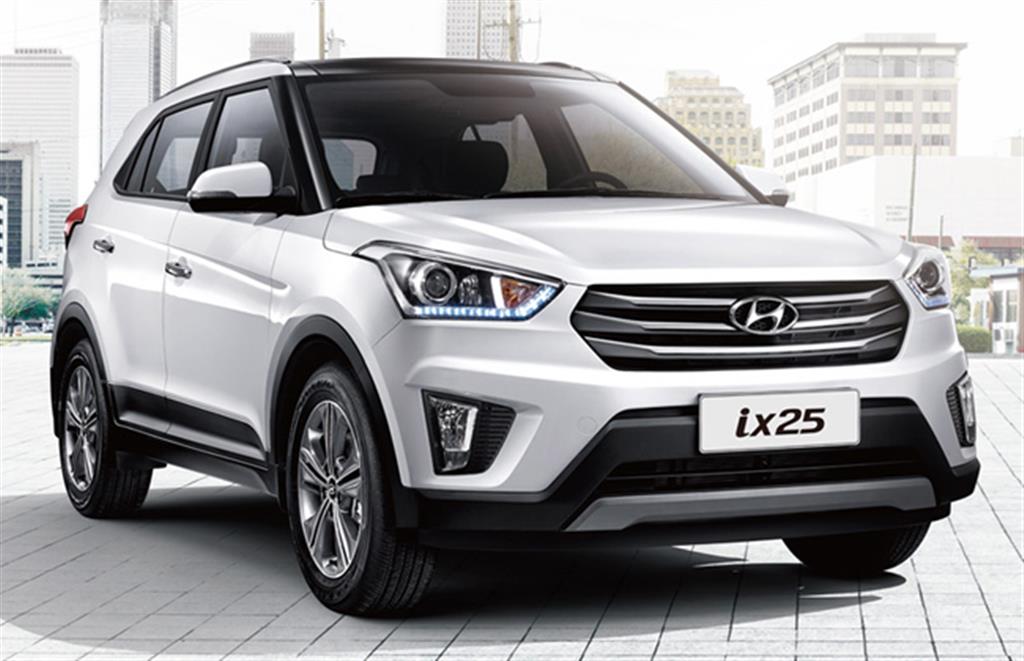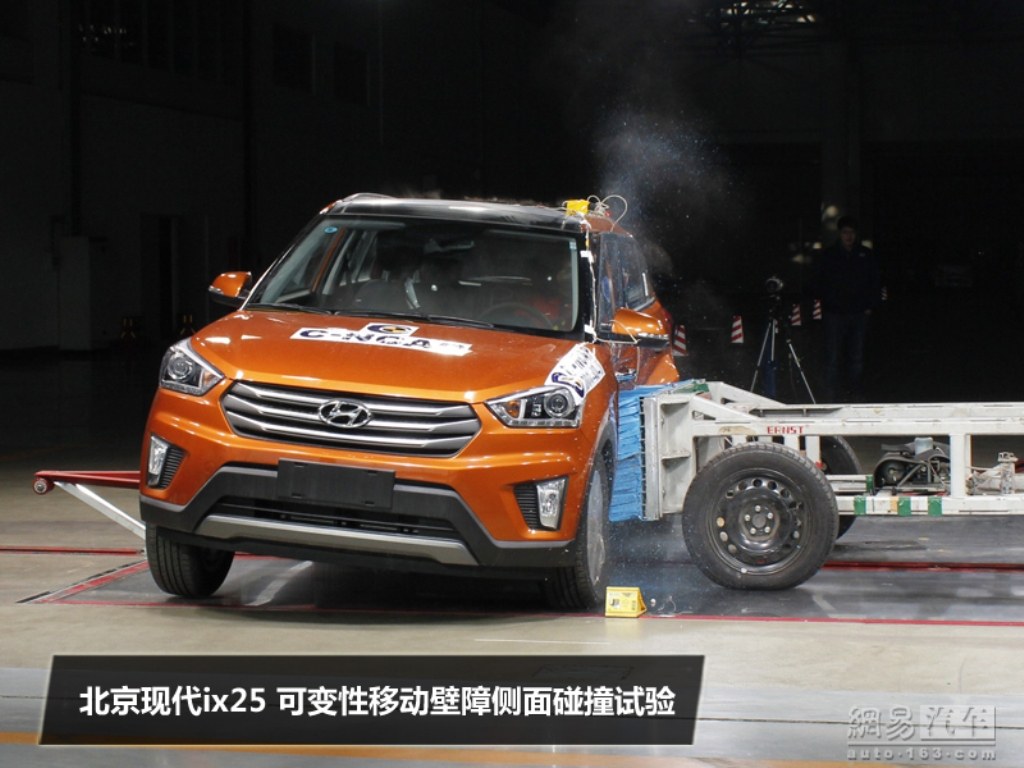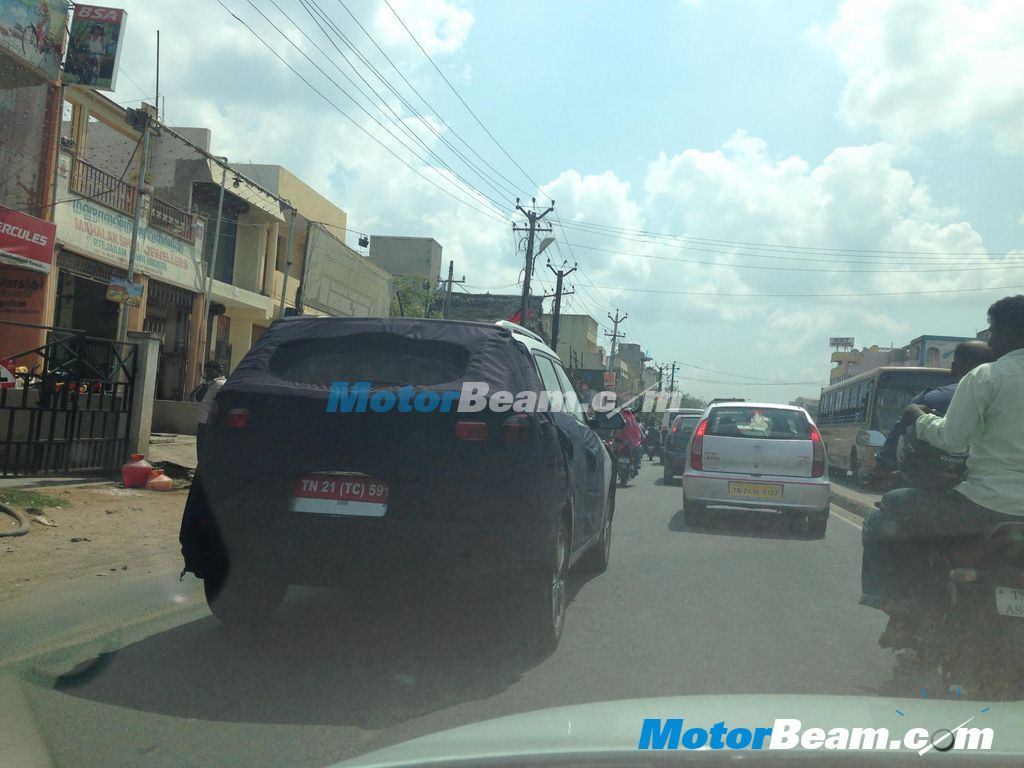The i20 Cross gets rugged body cladding, projector light and LED DRLs to differentiate it from the hatchback, while the ix25 is a completely new model that will take on the Renault Duster. Both the models will come with 90% localisation.

Hyundai India has confirmed that the new i20 based crossover spotted testing on a number of occasions will be launched in April this year, while the ix25 compact SUV will be launched in the second half of 2015 around the festive season. Both the models are extremely important for the South Korean automaker who has it plans to ride the momentum gained last year in 2015 as well. Achieving remarkable sales of 4.11 lakh units in 2014, Hyundai now plans to surpass the 5 lakh sales mark this year and the new products will contribute significantly.
Sharing its underpinnings with the Elite i20 launched last year, the new Hyundai i20 Cross is a rugged version of the hatchback with visual upgrades and is targeted towards customers that need practicality of a hatch with the butch and brawny feel of an SUV. Differentiating the i20 Cross from the hatchback will be the raised ground clearance, black body cladding, roof rails, LED DRLs, new alloys as well as the addition of new features inside the cabin.
The Hyundai ix25 on the other hand is an all-new model that made its debut in China last year. Rivaling the Renault Duster, the ix25 is longer than the 4-metre mark and will come loaded with creature comforts including several segment firsts. The 1.6-litre petrol and diesel engines from the Verna are likely to power the ix25. While it is not confirmed yet, Hyundai could bring in the AWD version on the ix25 right from the start, further intensifying the competition in the segment.
Aggressive about its Indian operations, Hyundai had confirmed earlier that both the models will come with 90 percent localisation, ensuring an extremely competitive price tag. The company which saw its market share grow to 21.6 percent last year, plans to increase it by 1 percent in 2015. Hyundai also negated rumours of setting up a second plant in India. With export production shifted to Turkey for Europe, the Chennai facility can handle the increasing demand and the automaker will be utilising the complete capacity of 7 lakh units annually by 2016-17.




